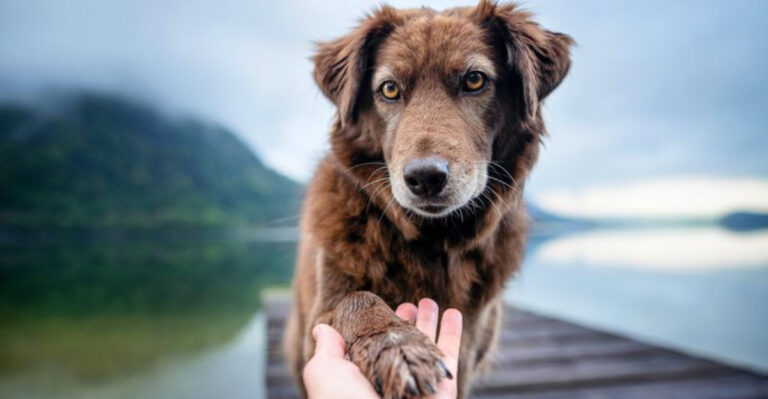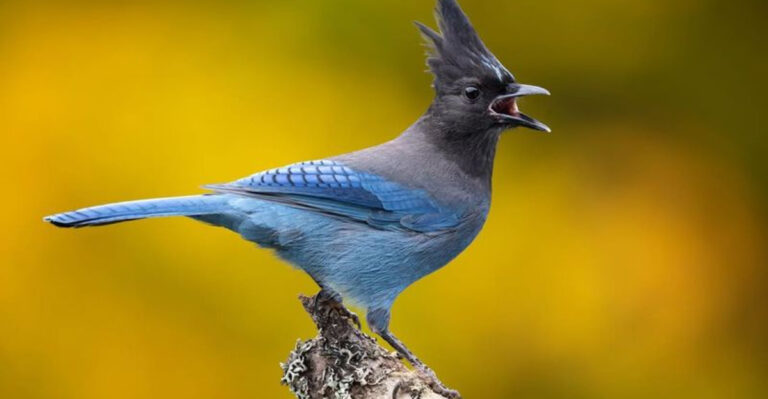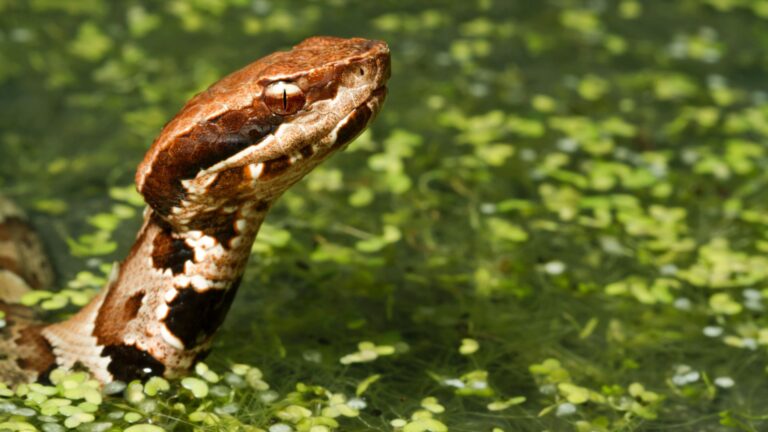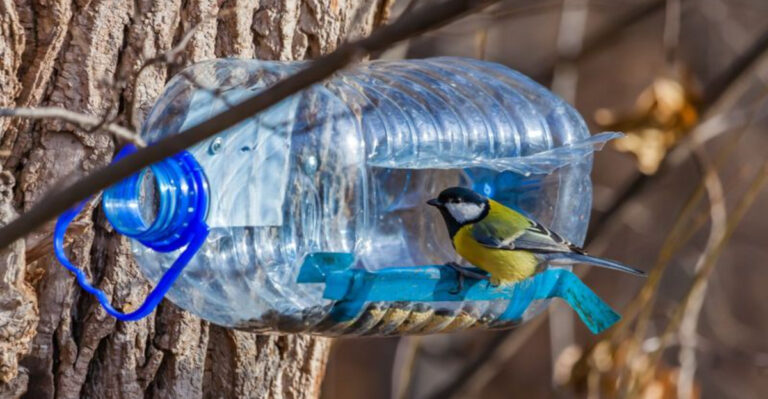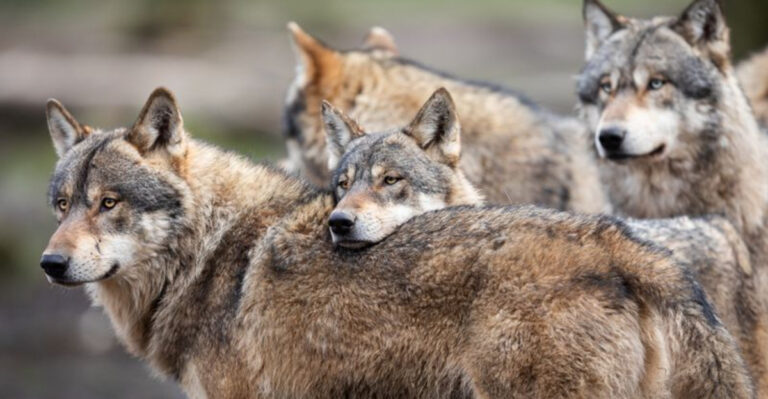15 Beginner-Friendly Tips To Capture Stunning Bird Photos Through Your Window
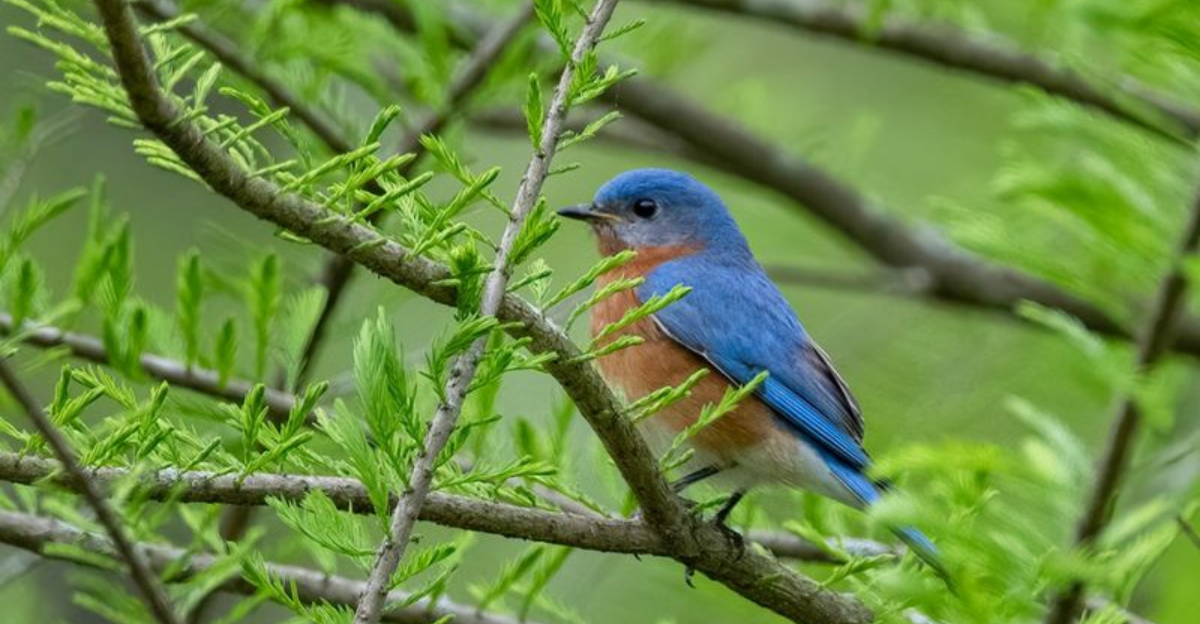
Capturing bird photos through your window can be both thrilling and rewarding.
Not only can you witness these feathered wonders from the comfort of your home, but you can also play with creative angles and lighting.
Prepare your camera and get ready to transform your window into a portal to the avian world!
1. Use Natural Light Wisely
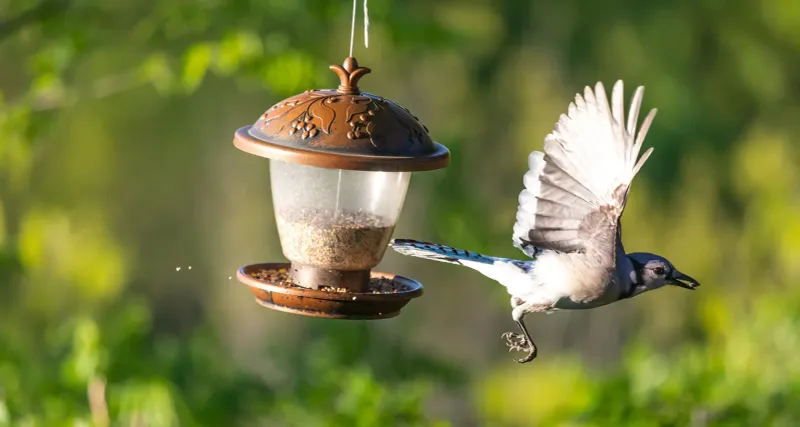
Imagine the sun as your personal spotlight, casting a warm glow on your feathery subjects. Birds basking in natural light tend to showcase vibrant colors and details.
Morning or late afternoon are ideal times to photograph birds, as the light is softer and more flattering. Avoid harsh midday sun, which can cause unwanted shadows and overexposure.
Position yourself to maximize the light coming through your window, creating beautiful effects that highlight the bird’s natural beauty.
2. Pick The Right Window
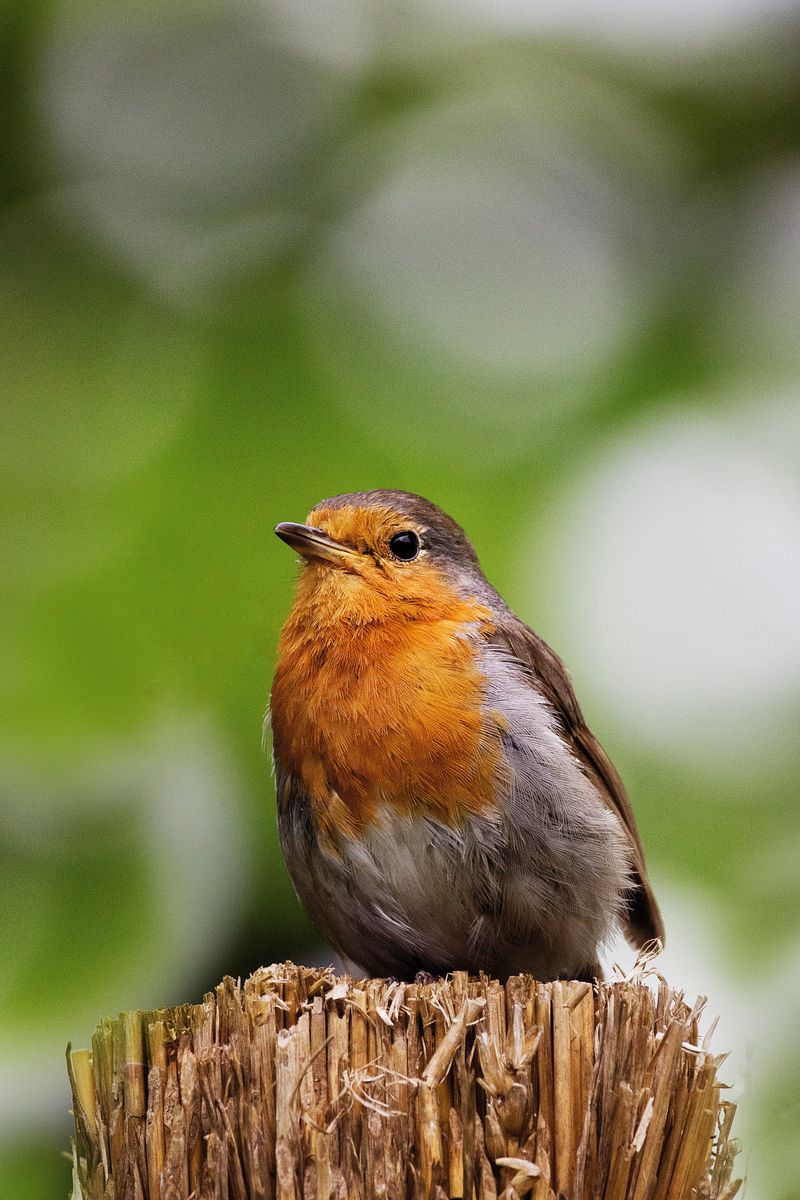
Your window is your lens to the avian world, so choosing the right one is crucial. Look for a spot with a clear view of bird activity, free from obstructions.
Windows that face gardens or bird feeders attract more feathered friends. Consider the background, too – natural elements like trees or sky enhance the composition.
Keep your window clean to ensure clarity in your shots. The right window can turn your home into a prime birdwatching post.
3. Create A Bird-Friendly Environment
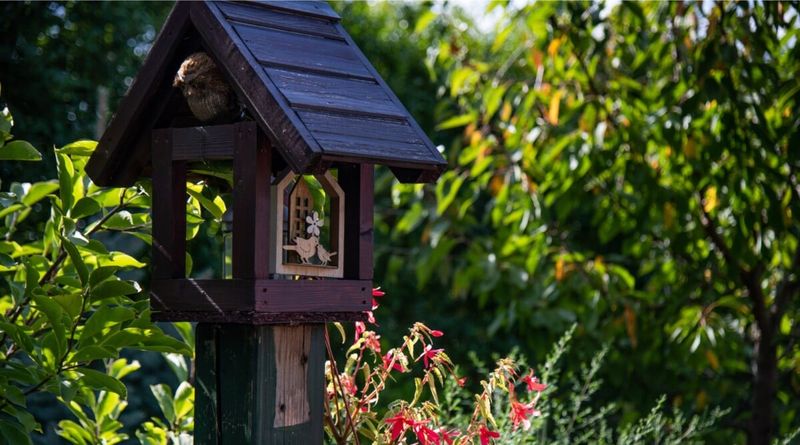
Why not roll out the welcome mat for your avian visitors? Set up bird feeders, birdhouses, and plants outside your window to attract different species.
Providing food and shelter encourages birds to linger, giving you more opportunities to capture them.
Variety is key; different seeds and feeders attract different birds. Ensure safe distances from predators and keep the area tidy. A bird-friendly environment is a photographer’s paradise.
4. Choose The Right Camera Settings
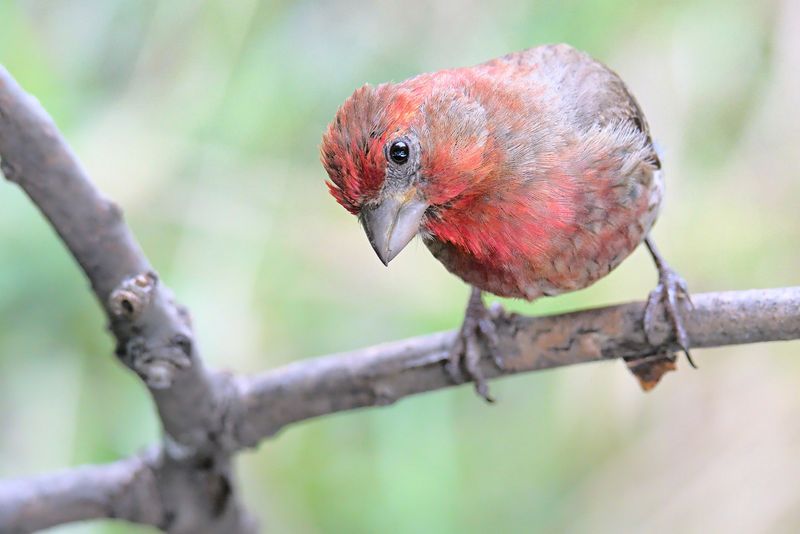
Your camera settings can make or break a shot, so let’s get them right. Use a fast shutter speed to freeze motion, as birds are rarely still.
An aperture of f/5.6 or wider lets in more light, perfect for lower lighting conditions. Adjust the ISO according to the light available, keeping it low for bright conditions and higher for cloudy days.
Practice makes perfect, so experiment with these settings to see what works best for your environment.
5. Set Up Your Tripod
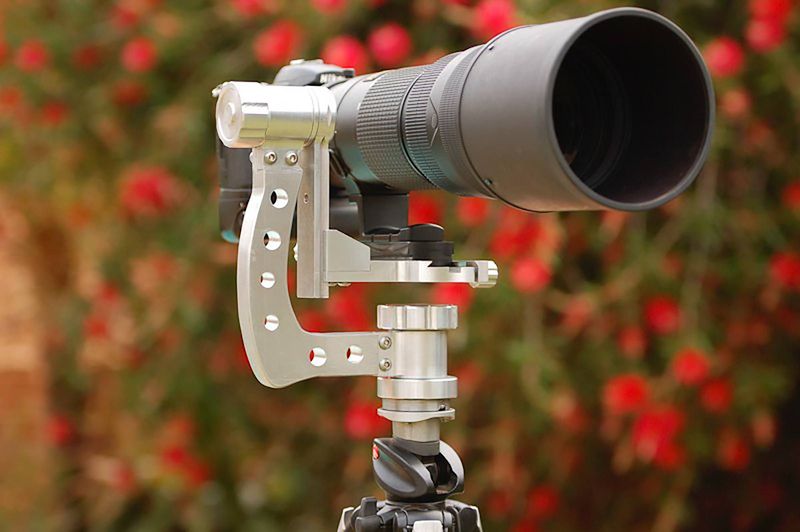
Keep your hands free and your shots steady with a tripod. It stabilizes your camera and allows you to focus on composition rather than handholding.
Place the tripod close to the window for the best angle, and adjust the height to align with your subject.
This setup also helps reduce camera shake, especially in lower lighting. A sturdy tripod is a game-changer when it comes to capturing those crisp, detailed bird images.
6. Use Remote Shutter Release
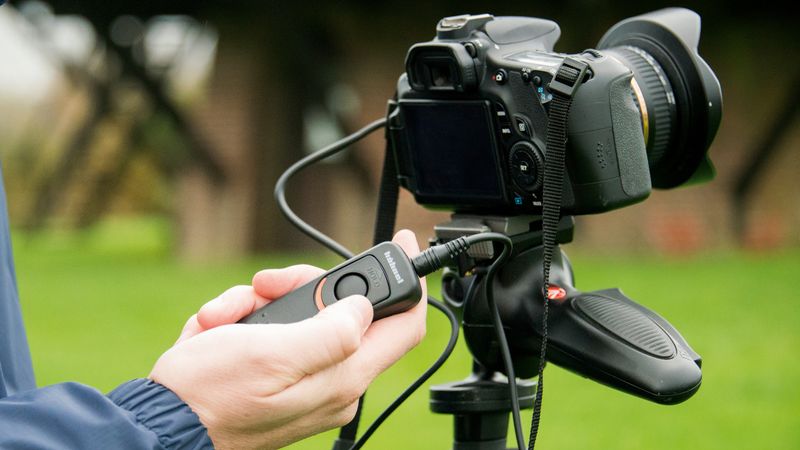
Eliminate even the slightest camera shake with a remote shutter release. This handy tool lets you take photos without touching the camera, preserving focus and stability.
It’s especially useful for capturing candid moments, as birds are less likely to be startled by sudden movements.
Pair it with your tripod for an ultra-steady setup, ensuring your photos are sharp and clear. Remote shutters are a must-have for any serious bird photographer.
7. Capture Action Shots

Birds in motion create dynamic, captivating photos. To capture these action shots, use continuous shooting mode to take multiple frames per second.
This increases your chances of nailing that perfect wing-flapping moment. Anticipate the bird’s movements and follow their flight path through your viewfinder.
Patience is key; wait for the right moment when the bird swoops or takes off. Action shots bring the beauty of flight to life in your photos.
8. Experiment With Angles
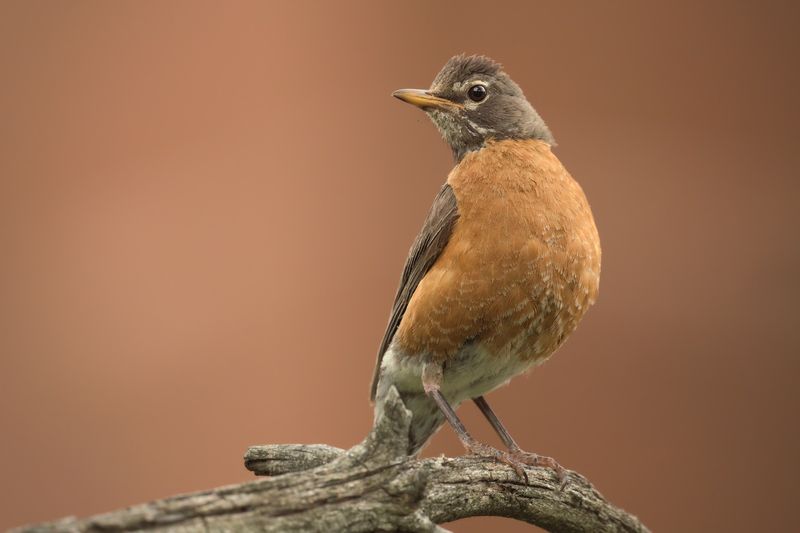
Who says you need to stick to eye-level shots? Mix things up by photographing birds from different angles. Try shooting from above for a unique perspective or get low for a dramatic background.
Play with reflections on the window glass for artistic compositions. Changing your angle not only adds variety to your photos but also reveals new details and features of your feathered subjects.
Experimentation leads to discovery in bird photography.
9. Focus On The Eyes
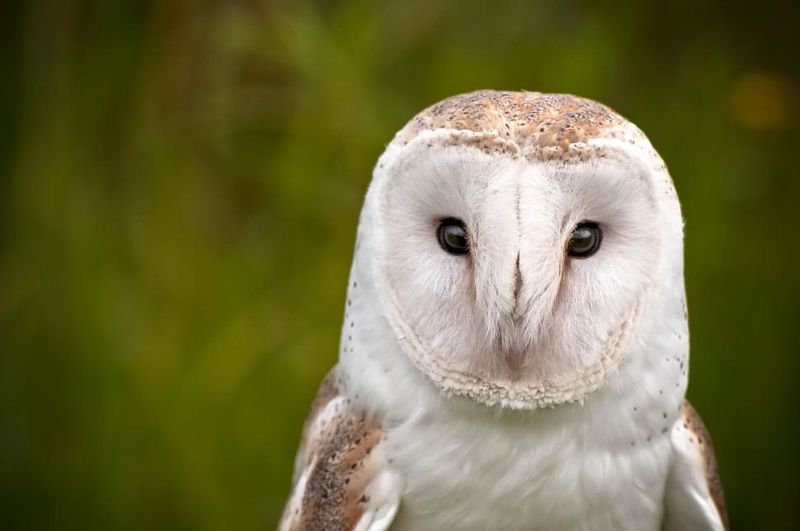
They say the eyes are the windows to the soul, and in bird photography, they’re the focal point. Sharp, clear eyes draw viewers into the image, making it more engaging.
Use your camera’s focus to lock onto the bird’s eyes, ensuring they’re crisp and in focus. This technique brings your subject to life and adds depth to your photos.
Don’t be afraid to zoom in and capture the intricate details of a bird’s eyes for maximum impact.
10. Use Manual Focus
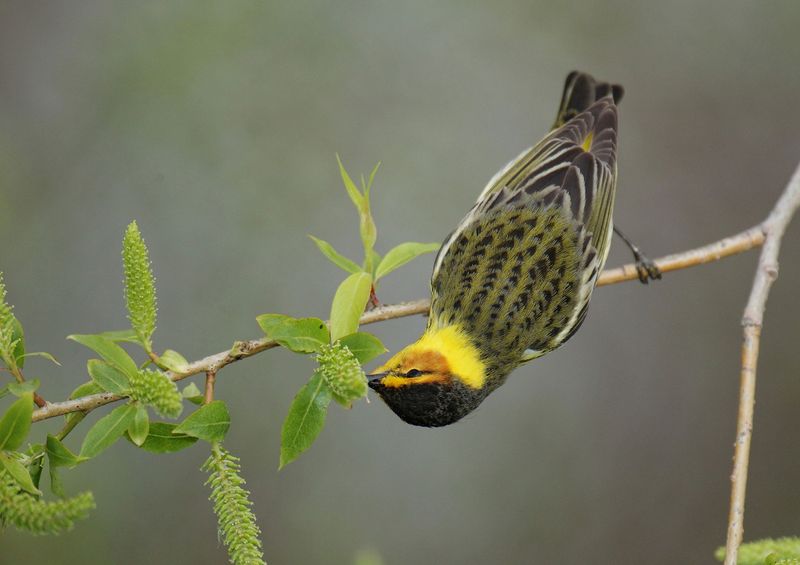
Automatic focus can sometimes get confused with branches and leaves. Switch to manual focus for more control over what you capture.
This is especially useful when shooting through glass, where reflections can interfere. Take your time to adjust the focus ring until your subject is sharp.
Manual focus allows you to bring out the fine details of feathers and features, ensuring your bird photos are as striking as they are sharp.
11. Play With Reflections
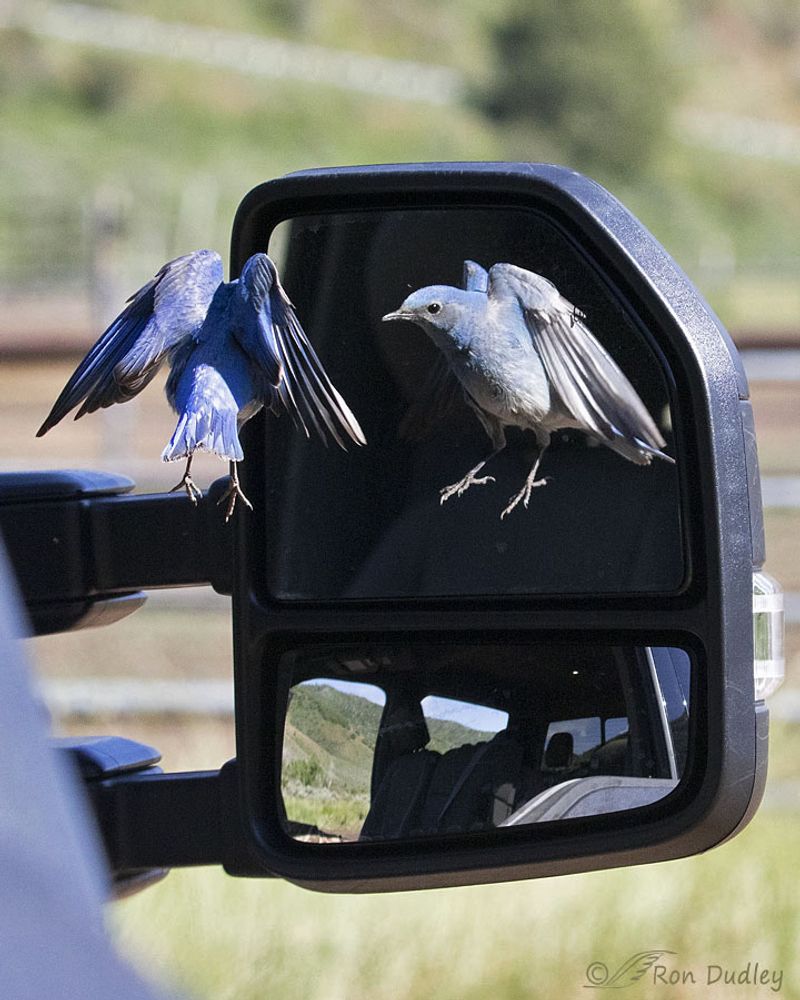
Windows offer a fantastic opportunity to create intriguing reflections in your bird photos. Position yourself so the glass reflects the bird and its surroundings.
This creates a double image effect, adding depth and interest to your shots. Experiment with angles and distances to achieve different reflective outcomes.
Reflections can turn ordinary photos into extraordinary works of art, adding a layer of creativity to your bird photography.
12. Use Backgrounds To Your Advantage
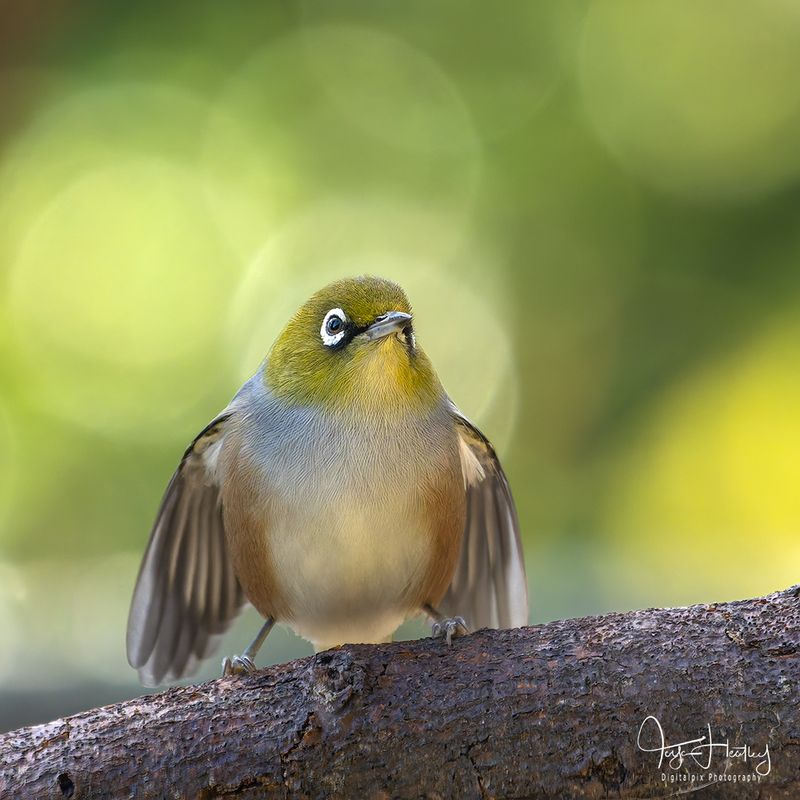
A well-chosen background can elevate your bird photos from good to great. Blur backgrounds by using a wide aperture, drawing attention to your subject.
Natural settings like trees, flowers, or the sky add context and beauty. Avoid cluttered or distracting backgrounds that take focus away from your avian subject.
The right backdrop complements the bird and enhances the overall composition, making your photos pleasing to the eye.
13. Be Patient And Observant
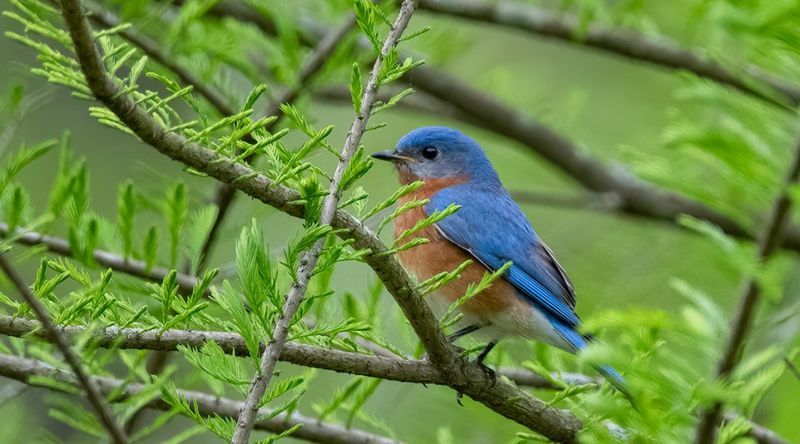
Patience is your best friend in bird photography. Birds move quickly and unpredictably, so take the time to watch their habits and movements.
Observe their behavior from your window to anticipate moments worth capturing. Being patient allows you to blend into the background, making birds more comfortable in your presence.
Sometimes, the best photos come to those who wait. A calm, patient approach will yield the most rewarding images.
14. Edit Your Photos With Care
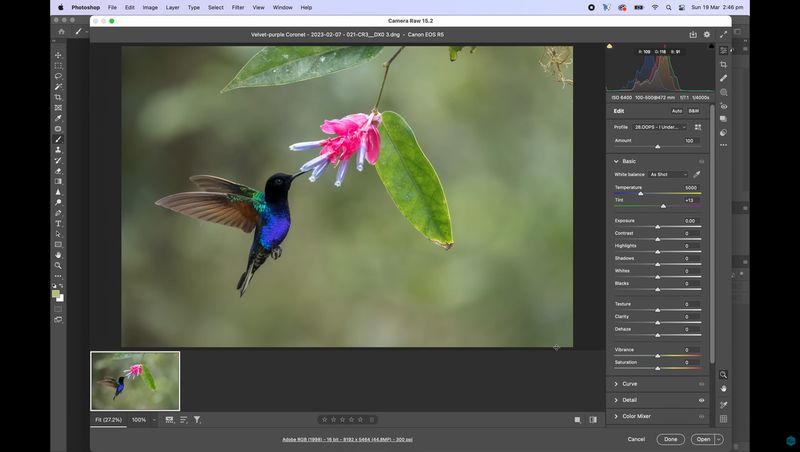
Editing can transform your photos from ordinary to extraordinary. Use software to adjust brightness, contrast, and saturation, bringing out the best in your bird images.
Crop to improve composition and remove distractions. However, avoid over-editing – retaining natural colors and features is key.
A light touch can enhance details and make your photos pop, while preserving the bird’s true essence. Careful editing turns each photo into a masterpiece.
15. Practice Ethical Photography
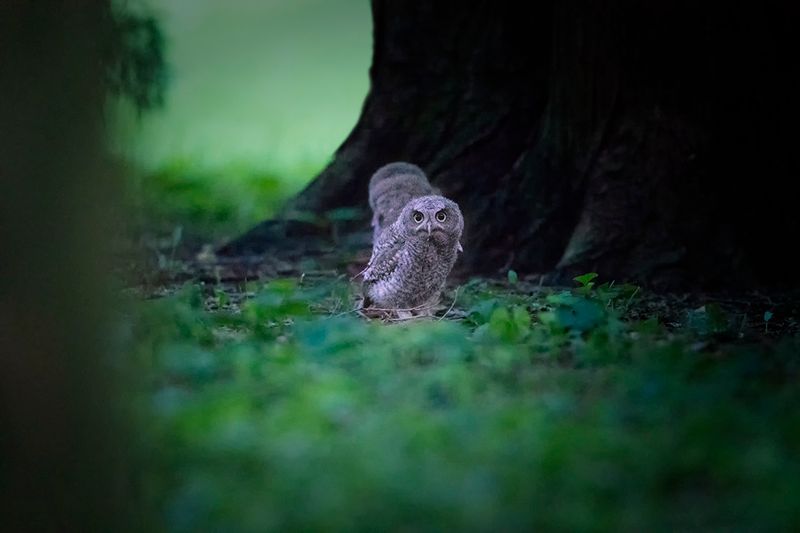
Above all, respect the wildlife you’re photographing. Avoid disturbing birds or altering their environment for a shot.
Practice ethical photography by maintaining a safe distance and minimizing noise. Use your window as a natural hide, blending into the environment.
Ethical practices ensure you capture authentic moments without impacting the birds’ natural behavior. Remember, the well-being of your feathered subjects comes first.


